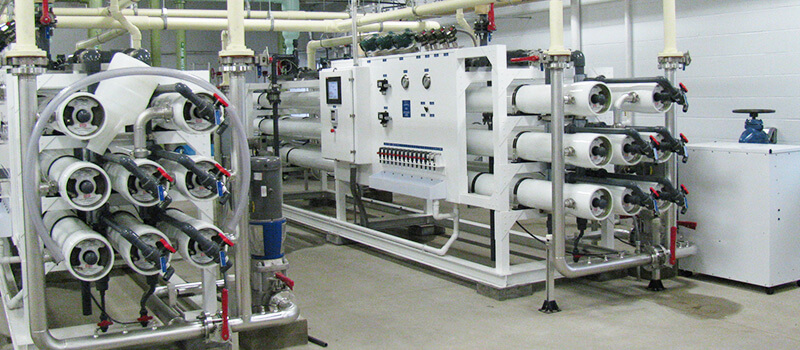Water Systems

Building Automation Systems: Paving the Way for Eco-Friendly Efficiency
Building Automation Systems (BAS) are the backbone of modern structures, orchestrating a symphony of technologies to create efficient and comfortable environments. In this article, we will explore the diverse functionalities of BAS, emphasizing practices that not only streamline operations but also prioritize environmental sustainability, ensuring minimal impact on both the ecosystem and its inhabitants. Our commitment extends beyond automation to include responsible and eco-friendly solutions that contribute to a greener and more energy-efficient future.
Harnessing Intelligent Controls for Energy Efficiency
Smart Lighting Systems: BAS optimizes lighting by adjusting intensity based on occupancy and natural light. We will delve into how intelligent lighting controls contribute to energy savings, creating well-lit spaces while minimizing unnecessary power consumption.
Temperature Regulation with Smart HVAC Systems: Integrating BAS with HVAC systems ensures precise temperature control. This section will emphasize how smart HVAC controls adapt to occupancy patterns, reducing energy usage without compromising occupant comfort.

Eco-Friendly Resource Management through BAS
Optimizing Water Usage: BAS can monitor and control water systems, contributing to responsible water management. We will explore how smart controls in plumbing and water systems minimize waste, emphasizing our commitment to eco-friendly resource management.
Waste Reduction Strategies: By implementing sensors and controls for waste collection, BAS can optimize waste management. This section will highlight how BAS minimizes waste generation and promotes recycling practices within buildings.
Sustainable Building Envelopes with BAS
Dynamic Facades for Energy Efficiency: BAS integrates with dynamic facades that respond to external conditions. We will discuss how adaptive building envelopes enhance energy efficiency, reducing the need for excessive heating or cooling.
Natural Light Utilization: Leveraging sensors and controls, BAS optimizes the use of natural light. This part of the article will explore how BAS ensures well-lit interiors, reducing reliance on artificial lighting and lowering energy consumption.
Proactive Maintenance and Energy Conservation
Predictive Maintenance for System Efficiency: BAS utilizes predictive analytics for proactive maintenance. We will showcase how early detection of system issues ensures efficient operations, prolongs equipment life, and reduces energy waste.
Energy Conservation Measures: Exploring energy conservation strategies, such as load shedding during peak times, will underscore how BAS contributes to grid stability and minimizes the environmental impact associated with high energy demand.
Integrating Renewable Energy Sources with BAS
Solar and Wind Integration: BAS can manage the integration of renewable energy sources. We will discuss how smart controls optimize the use of solar panels and wind turbines, ensuring a seamless transition to cleaner energy alternatives.
Storage Solutions for Renewable Energy: Exploring energy storage solutions linked to BAS will showcase how excess energy from renewables can be stored and used during periods of high demand, contributing to a more stable and sustainable energy grid.
Commitment to Environmental Responsibility
Throughout our exploration of Building Automation Systems, the central theme will be our unwavering commitment to practices that respect the environment, prioritize energy conservation, and enhance the overall sustainability of buildings. By embracing eco-friendly solutions in automation, our goal is to contribute to a future where intelligent building systems create efficient and comfortable spaces with minimal impact on the planet.


